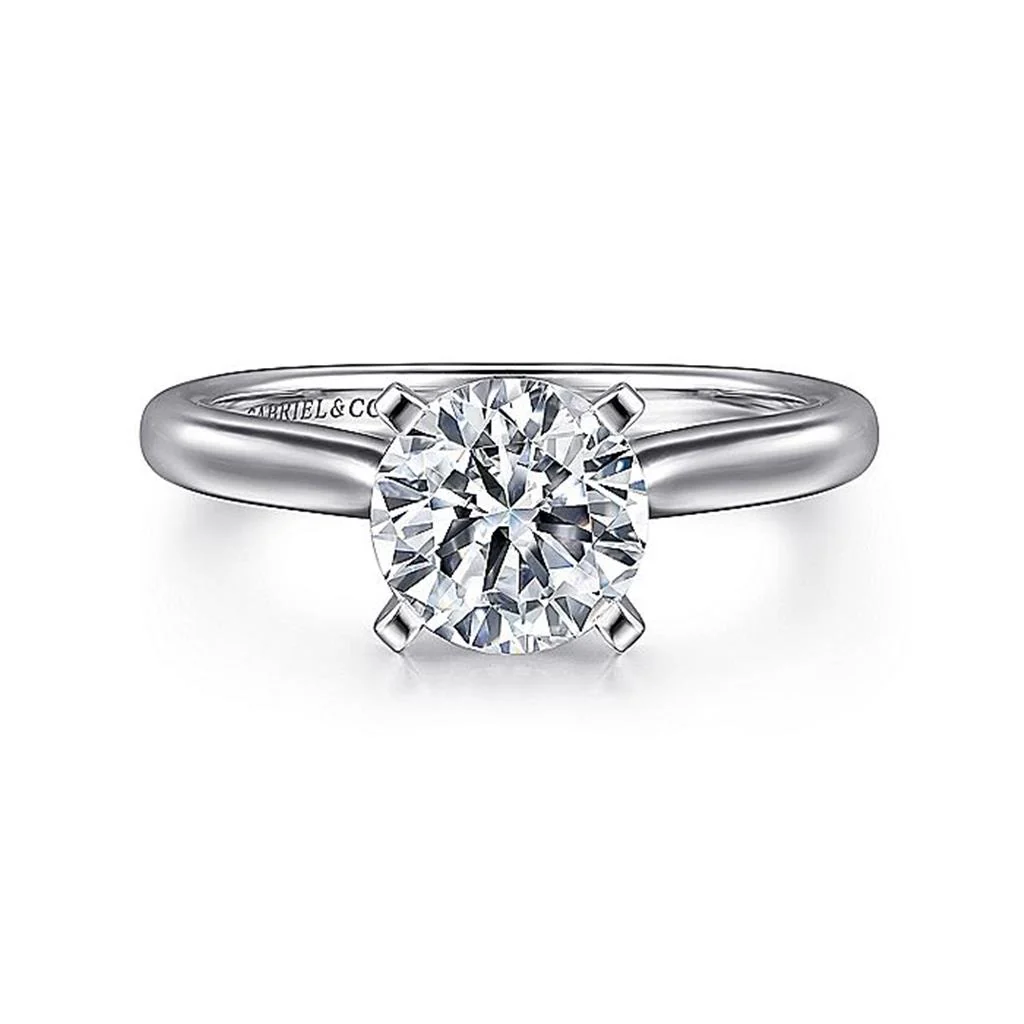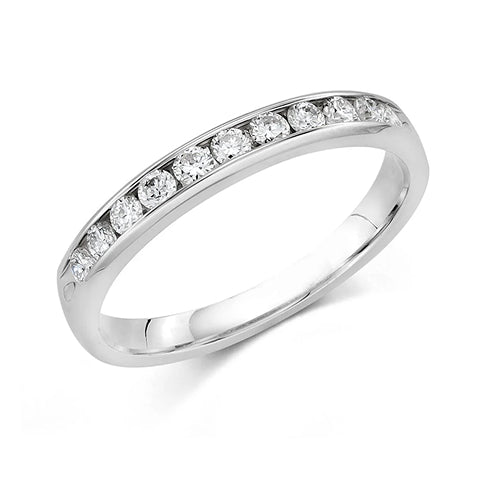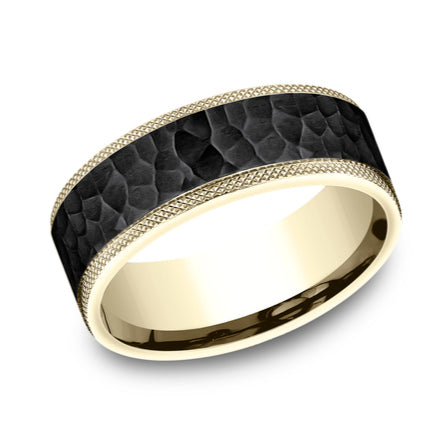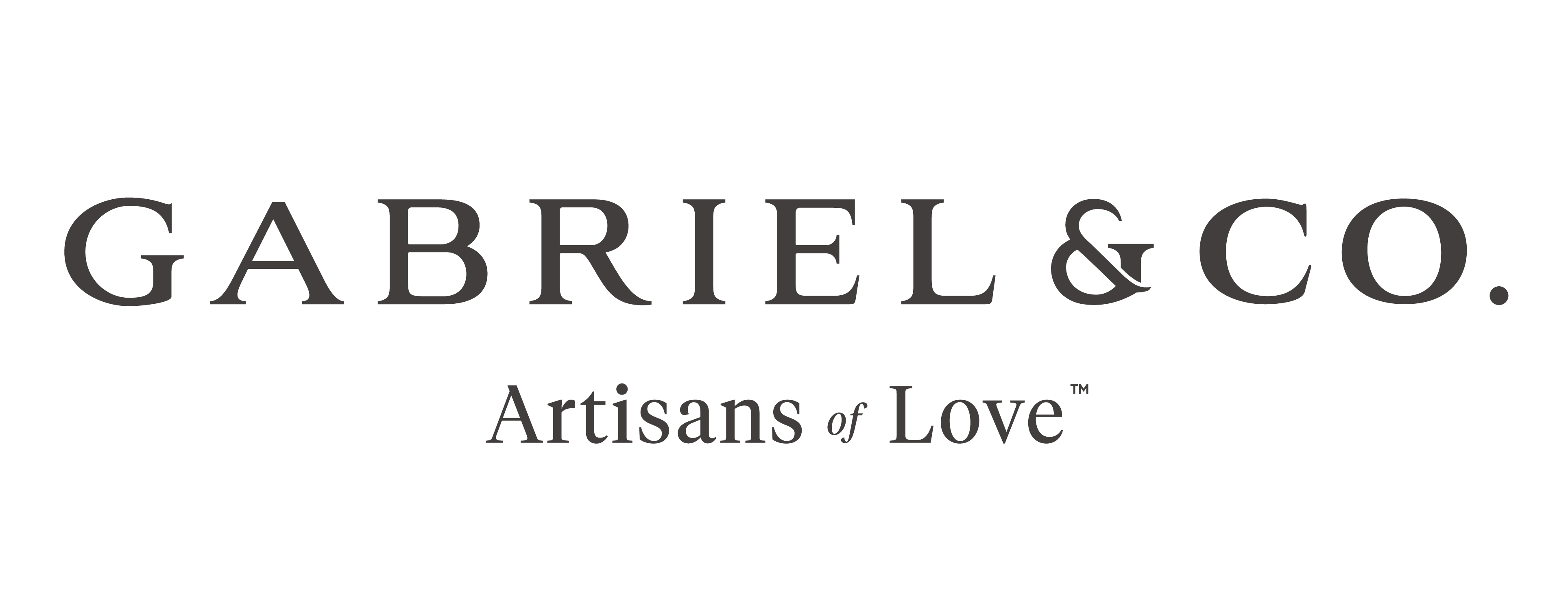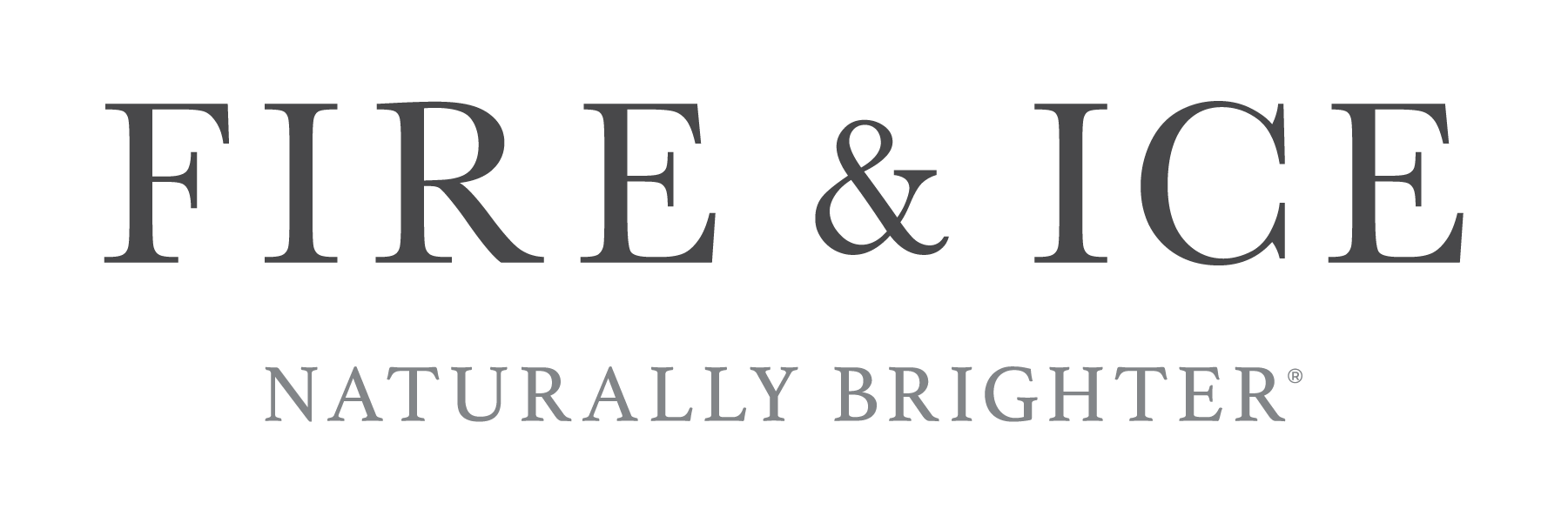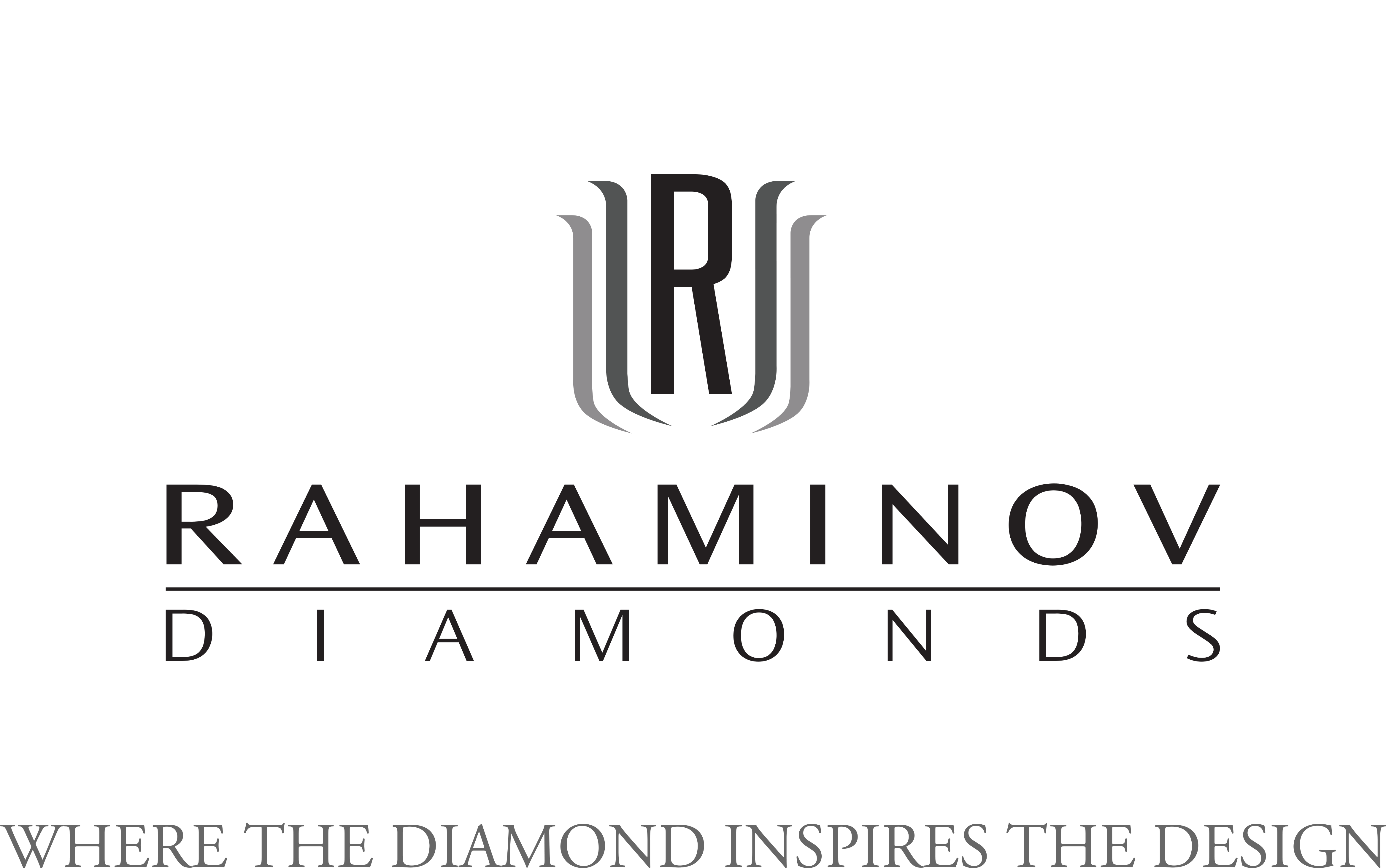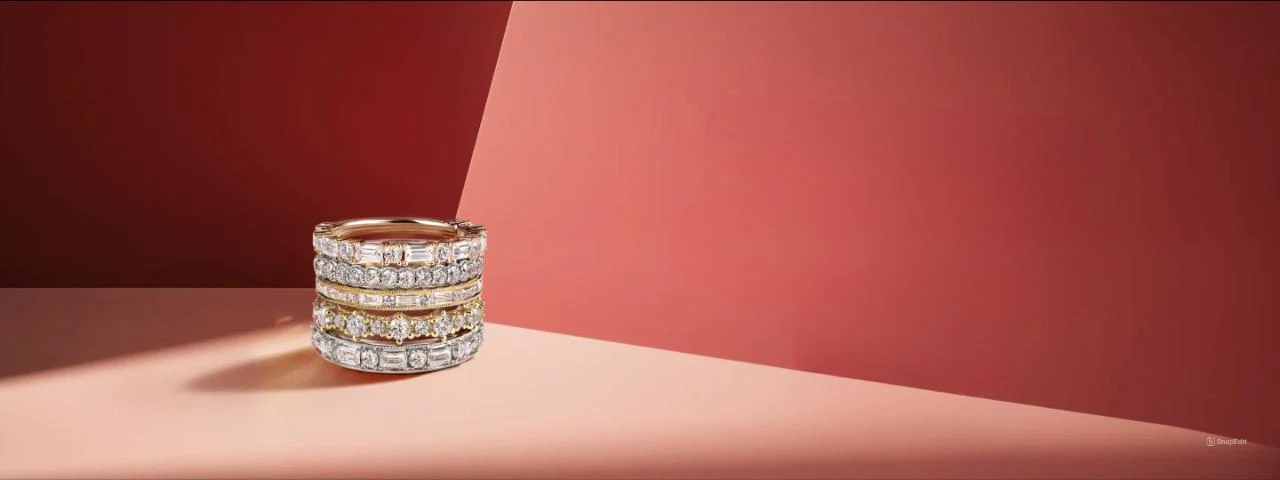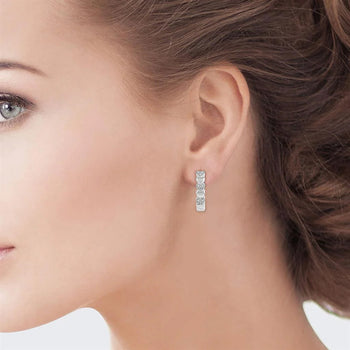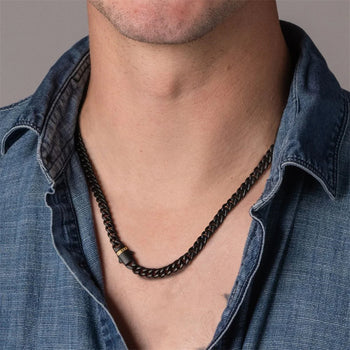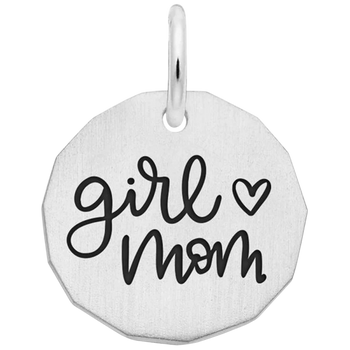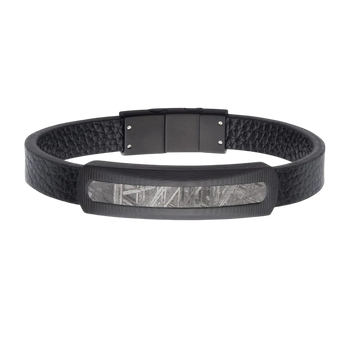
How to Find Diamond Pendants for Sale
Diamond pendants are among the most versatile types of necklaces. Stunning and timeless, they come in many forms and can feature different metals, including yellow gold, white gold, or platinum. They can be worn solo or layered with other necklaces. Many factors impact the cost of a diamond pendant and whether it’ll meet your long-term needs. To take the uncertainty out of the process, we’ll explain what you need to know when shopping for diamond pendants for sale.
Cost of a Diamond Pendant Factors
Consider the Purpose of the Diamond Pendant
Diamond pendants come in all shapes, colors, and sizes. Therefore, you can find one for just about any style or taste. Before you purchase one, think about what suits you or the person you’re gifting it to.
- Classic Pendants: If you’re seeking a classic diamond pendant, you might consider a solitaire diamond that stands out on its own. However, a halo design features a center stone surrounded by smaller diamonds to create a dazzling effect.
- Symbolic Pendants: A pendant can be in the shape of a heart, cross, arrow, etc., or it can be an initial or other personalized symbol. If your goal is to be creative and original, your jeweler can help you find something unique.
- Who the Pendant Is For: A diamond pendant can match any wearer’s style and personality. You can find a diamond pendant for sale that is feminine, but more masculine styles are available, so you can also gift a diamond pendant to a man.
Now, you can consider the primary aspects of a diamond pendant necklace:
The Metal
Silver is generally the more affordable choice for a bright jewel that’s light on the neck. But many people prefer platinum. Despite its weightiness and higher price point, it’s favored for its brightness, wear resistance, and hypoallergenic properties.
Gold is one of the most versatile metals. White gold, a mix of metals that creates a modern feel, is suited for all types of clothing. Consisting of gold and copper, yellow gold symbolizes prestige and nobility but also adds a vintage touch. Pink gold is a mix of yellow gold, copper, and silver and provides a soft, modern, and fresh feel.
The Chain
When choosing a chain, the metal isn’t the only consideration. A chain should go with the type and shape of the diamond pendant. Therefore, it’s important to think about:
- Length: A shorter chain best matches a smaller charm. If you have a larger diamond pendant, choose a necklace with a longer chain. A standard chain is 16 inches, but if you prefer adjustability, a longer chain with jump rings allows you to achieve this goal. Generally, the pendant should rest comfortably on the collarbone.
- Thickness: The chain’s thickness should be proportional to the size of the diamond. A 1 mm to 1.5 mm chain holds most small to medium-sized pendants. A 1.3 mm diameter chain suits a 0.50-carat diamond; thinner chains can be used for smaller stones. If you like something more subtle, just know that thinner chains tend to be more fragile.
- Style: Cable chains are strong and sturdy. They have symmetrical links, while a curb chain has twisted, often diamond-cut links that lay flat. A file-forced chain has a succession of rings filed to achieve brightness. To add a delicate texture, a marine chain uses oval stitches. A chain made of nylon or fishing wire appears very fine and discreet.
The Diamond
The stone is the centerpiece, so it must be carefully selected when looking for a diamond pendant for sale at your local jewelry store. Jewelers use a few traits to determine the quality of a diamond. Here are a few to get you started:
- Weight: Measured in carats, a diamond’s weight is one of the most determinant factors in its price.
- Shape: A diamond can feature a round brilliant, princess, pear, oval, emerald, or another type of cut to distinguish it from others.
- Cut Quality: Depending on its proportions, a diamond can have more sparkle; cut quality is rated on a scale that includes Poor, Fair, Good, Very Good, and Excellent.
- Color: Diamond colors range from colorless to yellow or light brown (ranked from D through Z), while colors such as fancy yellow, blue, or red are available.
- Purity: Purity refers to the presence or absence of inclusions; for example, IF is internally flawless, while VVS, VS, S, and I ratings indicate increasing amounts of inclusions that reduce clarity.
For more on diamond quality, see our educational page on the 4 Cs of diamonds.
The Setting
A prong setting is great for a solitaire diamond, as it is for an engagement ring. It’s a classic look that remains popular. For a more contemporary approach, a bezel setting sets the diamond directly into the metal. Halo settings provide for a more complex arrangement of diamonds. If you so choose, you can even buy a pendant necklace with the setting only and add a diamond of your choice separately.
Choosing Your Diamond Pendant
When determining the pendant suited for you, consider your taste and style, price point, and how you plan to use it (whether daily or on occasion). You can buy a diamond pendant for sale at an online store, where there’s often a wide range of options. However, visiting a jeweler lets you work with an experienced professional who can provide advice and take your expectations into account.

